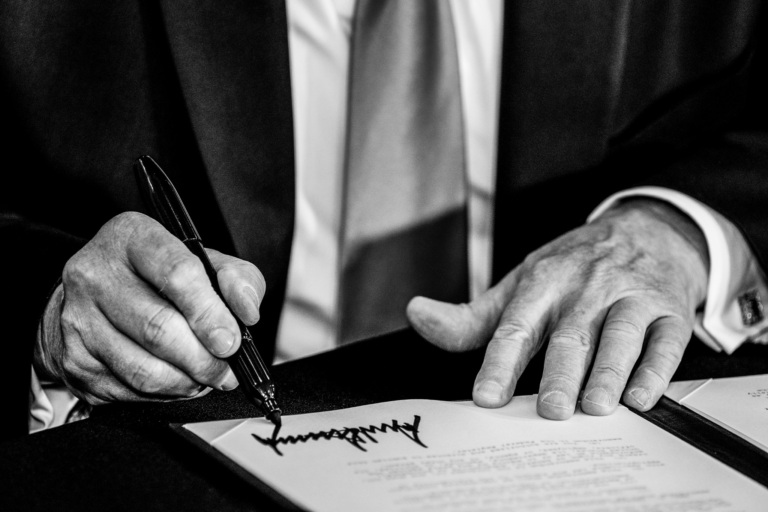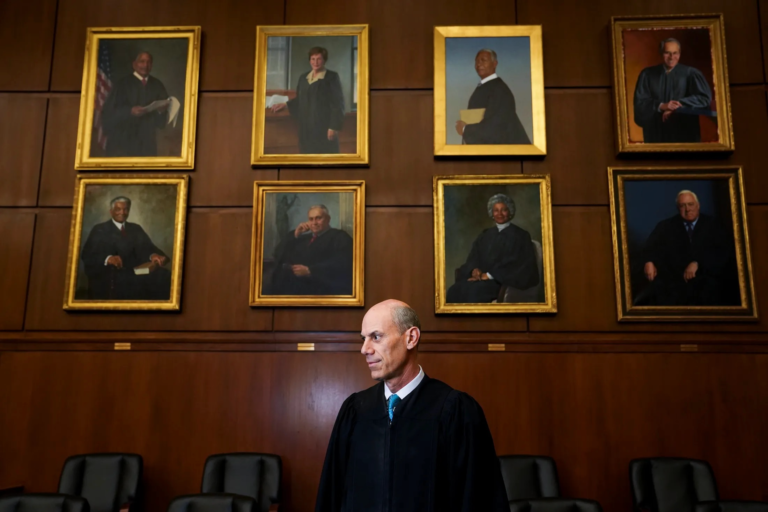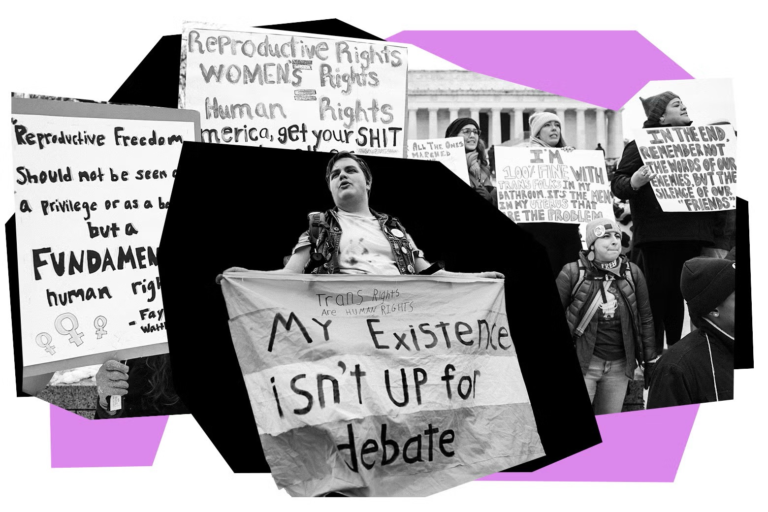Our law firm won’t cave. Who will join us?
Say It Louder

John W. Keker, Robert A. Van Nest and Elliot R. Peters are the senior partners at the law firm Keker, Van Nest & Peters. The firm is a long time supporter of ChangeLawyers, and we value their partnership.
President Trump this month issued an executive order clearly intended to destroy the venerable law firm Perkins Coie, a firm that has zealously represented clients large and small for more than a century.
The order left no doubt that Perkins Coie’s primary offense was representing Hillary Clinton in 2016 and standing up for other causes Mr. Trump views unfavorably. It could not have been more blatantly unconstitutional than if a legal scholar had been asked to draft a template for an unlawful executive order: It violates the First Amendment, contravenes fundamental due process rights and imperils the Sixth Amendment right to counsel.
On March 11, the courageous and skillful law firm Williams & Connolly filed a lawsuit on Perkins Coie’s behalf, seeking to enjoin the president’s order on constitutional grounds. At a hearing the next day, Judge Beryl A. Howell of Federal District Court in Washington issued an order temporarily barring enforcement of most of the order. The Justice Department responded by moving to disqualify Judge Howell, a motion she rejected in a withering opinion on Wednesday.
Our firm stands with Perkins Coie and all firms and lawyers who fight against this president’s lawless executive actions. That’s why we’ve called on other firms to join us in submitting a friend of the court brief in support of Perkins Coie.
Read on NY Times >
The liberal judge who beat the conservative legal movement
More Of This

Judge Susan Crawford won a seat on the Wisconsin Supreme Court on Tuesday, defeating Judge Brad Schimel, who was backed by President Trump, and overcoming $25 million in spending from Elon Musk in a race that became somewhat of a referendum on the billionaire and his slashing of the federal government. Her election could affect decisions on abortion and labor rights.
While Judge Crawford, 60, may not have been a nationally recognizable name before Tuesday, this was not her first election. In 2018, she was elected as a circuit judge in Dane County, and she won re-election in 2022.
Read on NY Times >
The most important judge in America
Speaking Of...

The Saturday that Judge James Boasberg, the chief judge of the federal district court in Washington, D.C., was assigned the case challenging Donald Trump’s invocation of the Alien Enemies Act, he was not dressed for the occasion. The case had been filed alongside an urgent motion to prevent the deportation of five people their lawyers feared would soon be disappeared to El Salvador. At an emergency hearing conducted on Zoom that evening, convened to figure out whether judicial intervention was needed to prevent any wrongful deportations, Boasberg had to apologize to everyone present. “I went away for the weekend and brought with me neither a robe nor tie nor appropriate shirt, so thank you all for being appropriately attired and hope you will forgive my casual ones,” he said.
Read on NY Magazine >
The red court that keeps protecting Trans and abortion rights
More Of This
Amy Myrick and Alexander Wilson are senior attorneys for judicial strategy at the Center for Reproductive Rights.
The rights to both abortion care and gender-affirming care should derive from the same constitutional protections, including those for bodily autonomy, medical decisionmaking, liberty, privacy, and equality. But federal courts are failing to safeguard either right, let alone build jurisprudence that recognizes how they’re linked. State courts, however, can chart their own path.
The Montana Supreme Court recently became the first state high court to side with patients and their families in the ongoing attack against trans people’s access to health care. Notably, it relied on decades of Montana precedent recognizing that the state right to privacy protects abortion, showing how intertwined rights can build toward stronger personal protections for all.
But what if that view is wrong? Looking back today, after the Supreme Court’s 2023 Students for Fair Admissions v. Harvard decision, which struck down racial preferences, a very different picture emerges. Many (though not all) colleges have managed to preserve previous levels of racial diversity by adopting new programs to admit more low-income and working-class students of all races.
Read on Slate >










